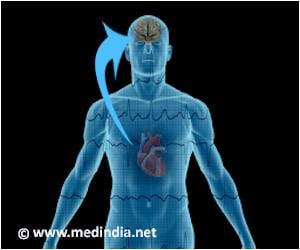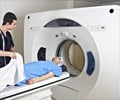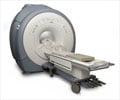A study at University of Utah, for treatment of patients with atrial fibrillation (A-fib) provides strong clinical evidence for the use of 3-D MRI to individualize disease management and improve outcomes.

Atrial fibrillation is a common arrhythmia, or an irregular heartbeat, which is a major cause of stroke, heart failure and death. For treatment, doctors have mostly relied on drugs, or more recently, on catheter ablation. Despite those two treatment options, outcomes remain mediocre mainly due to poor patient selection, says Nassir F. Marrouche, M.D., founder of the U's interdisciplinary Comprehensive Arrhythmia Research & Management Center (CARMA) and associate professor of internal medicine at the University's School of Medicine. "We've been treating A-fib based on patients' symptoms, duration of arrhythmia and associated comorbidities. Instead we should be integrating the diseased, fibrotic heart tissue itself into our management plan."
"Every cardiologist in the world knows that A-fib and atrial tissue disease are intertwined. But, until recently, we have been lacking noninvasive tools to define this relationship," he says. "We at CARMA have developed a significant breakthrough in the way A-fib is managed."
The DECAFF study built on innovative work from CARMA, which invented the technology enabling heart tissue imaging with MRI. With these images, physicians can assess the extent of the disease using a novel staging system similar to the ones developed for cancer. "This is a major step for individualizing arrhythmia management."
Conducted in partnership with 15 major medical centers across the United States, Europe, and Australia, Marrouche's landmark study demonstrated that the amount of atrial injury can effectively predict whether patients were likely to benefit from A-fib catheter ablation procedure. Using the enhanced MRI and the Utah Staging System, the hearts of 329 patients were scanned and staged on a scale of 1-4 before undergoing ablation and procedure outcomes were assessed at follow-up.
What Marrouche and his worldwide study partners found reflected early published findings from CARMA at the U of U: that those with less extensive fibrotic tissue had a greater chance of responding to ablative treatment.
Advertisement
Marrouche believes the study findings will encourage a shift in the way physicians treat patients with atrial fibrillation, specifically by integrating MRI into their A-fib management protocols.
Advertisement
Source-Eurekalert















